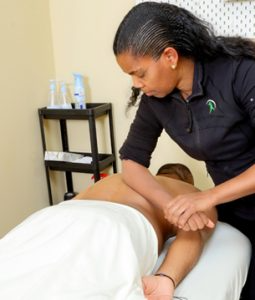Experiencing pain following a car accident is common due to the trauma inflicted on the body. Physiotherapy can play a key role in managing pain, promoting recovery, and improving overall function. Here’s how to effectively use car accident physio session to manage pain after a car accident.
Early assessment and diagnosis:
The first step in managing pain with physiotherapy after a car accident is to undergo a thorough assessment by a physiotherapist. Even if the pain seems minor, a inclusive examination is important as some injuries may not manifest until days or weeks later. A physiotherapist will assess the extent of your injuries, review your symptoms, and create a tailored treatment plan that addresses both acute pain and long-term healing.
Manual therapy for pain relief:
Manual therapy is one of the most effective methods used by physiotherapists to manage pain after a car accident. This hands-on approach involves techniques such as joint mobilisation, soft tissue massage, and manipulation to relieve muscle tension, reduce inflammation, and improve joint mobility. By targeting areas of stiffness or strain, manual therapy helps to alleviate pain caused by muscle tightness or misaligned joints.
Therapeutic exercises:
Once the initial pain has been addressed, physiotherapists often prescribe therapeutic exercises to strengthen the affected muscles and improve flexibility. These exercises help to prevent further injury, promote healing, and reduce pain over time. Specific exercises may focus on improving posture, strengthening the core muscles, or stabilising the spine, depending on the nature of the injury. By gradually building strength, these exercises support the body’s natural healing processes and help manage chronic pain.
Modalities for pain reduction:
Along with manual therapy and exercises, physiotherapists use a variety of modalities to reduce pain and promote healing. These may include heat and cold therapy, ultrasound, electrical stimulation (TENS), and laser therapy. For instance, applying heat can improve blood circulation and relax tight muscles, while cold therapy reduces inflammation and numbs acute pain. These modalities can be highly effective in managing pain, especially in the early stages of recovery.
Education and postural training:
Physiotherapists also play a key role in educating patients about pain management strategies. This may include guidance on proper posture, body mechanics, and ergonomics to prevent further strain and injury. For example, car accidents often lead to poor posture due to stiffness and pain, but corrective postural training can relieve pain and prevent future discomfort.
